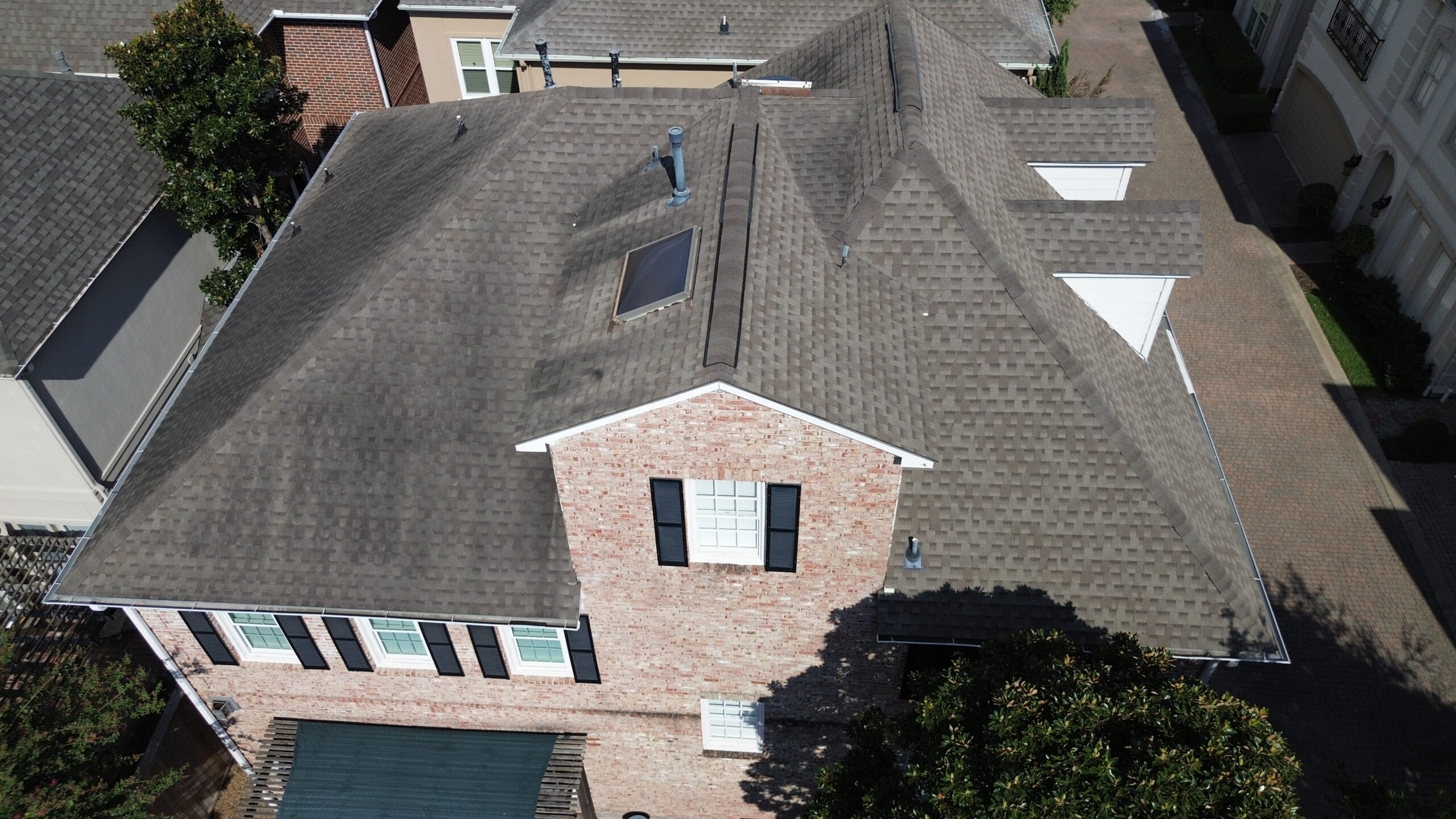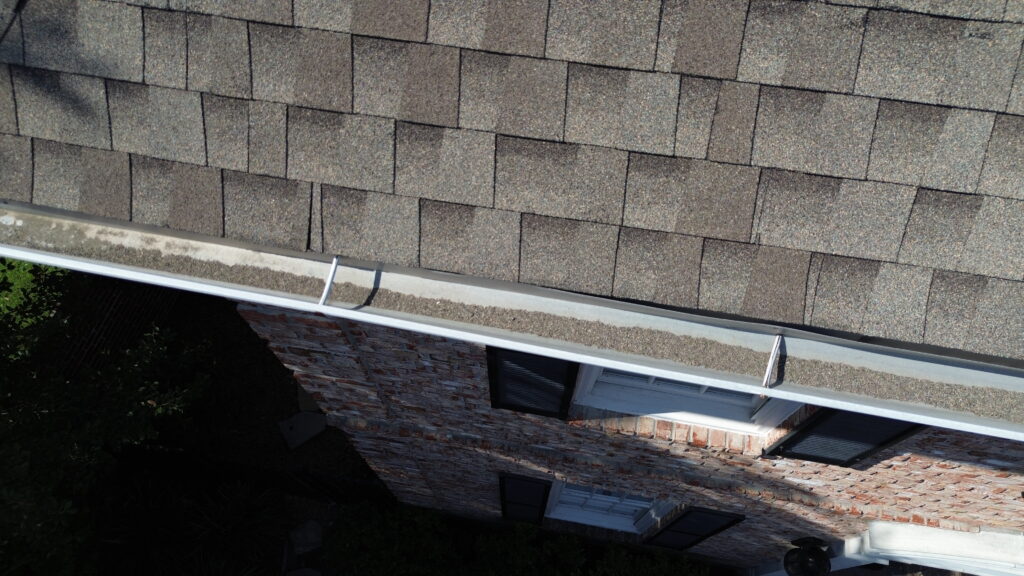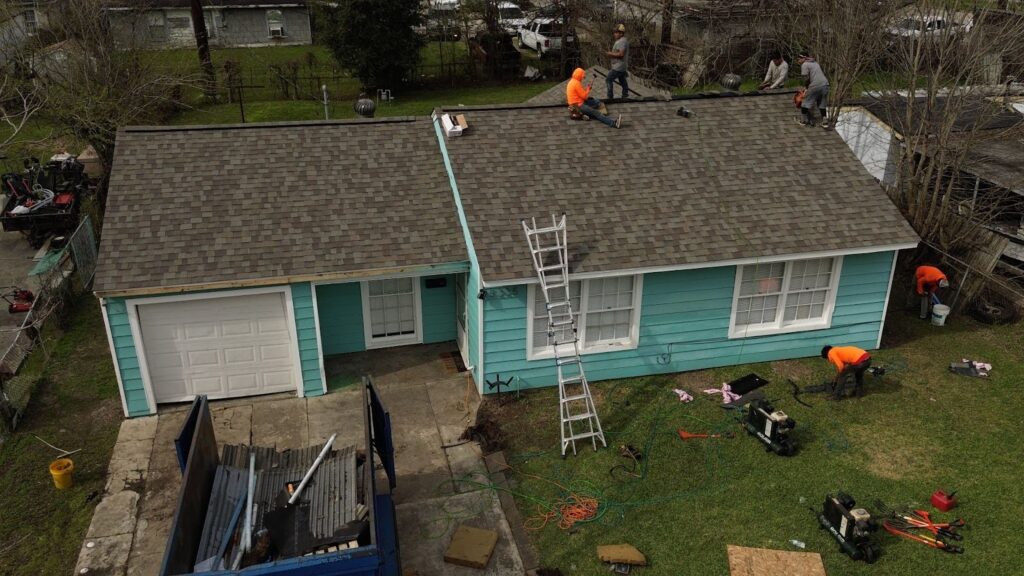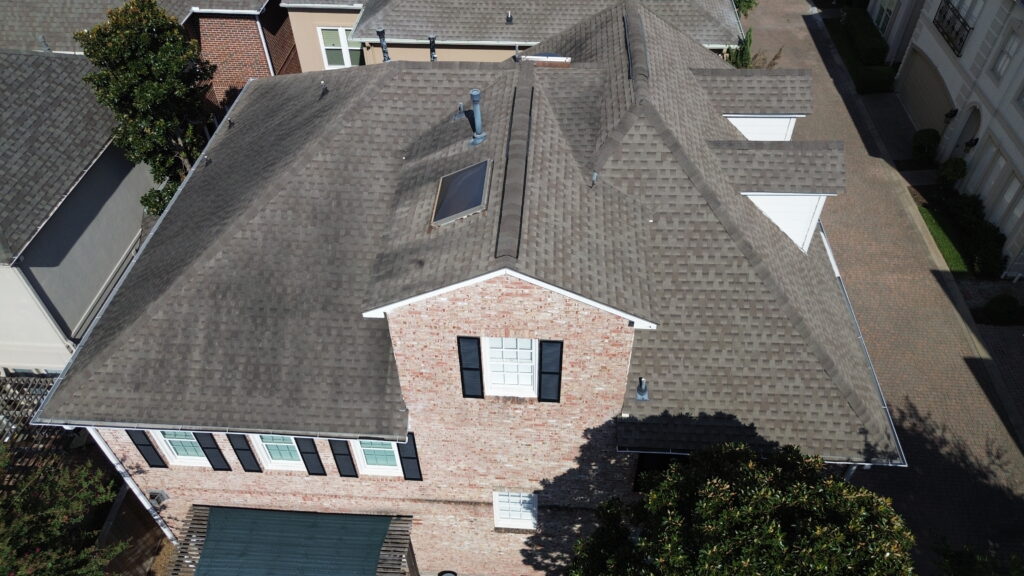
Processing roof repair insurance claims has always been a high-stakes job for insurance adjusters and property assessors. Homeowners want answers quickly, yet traditional roof inspections often slow everything down. Climbing onto damaged rooftops takes time, poses safety risks, and sometimes misses hidden issues like moisture intrusion or structural weaknesses.
Now, modern technology is changing how roof inspections are done and how claims get validated. Drone cameras and infrared thermal imaging allow inspectors to gather precise data in a fraction of the time, without ever setting foot on the roof. The result? Faster claim approvals, more accurate assessments, and fewer headaches for property owners waiting on critical repairs.
This blog explores how these tools work, why they matter for roof repair insurance professionals, and what makes them a game-changer for the entire claims process.
Why Accurate Roof Claim Validation Matters
Roof damage claims represent billions in annual insurance payouts across the United States. According to the Insurance Information Institute, severe weather events such as hail, wind, and storms drive the majority of these claims, making accurate assessments critical for both insurer profitability and policyholder satisfaction.
When claims are overestimated, insurers face inflated payouts that ultimately raise premiums for everyone. Underestimating damage, on the other hand, can leave properties vulnerable to future problems, create safety hazards, and lead to additional claims or even legal disputes.
The challenge lies in balancing speed with precision. Adjusters need comprehensive data to make informed decisions, yet they often work under tight timelines, especially after large-scale weather events that generate hundreds of claims at once.
Challenges with Traditional Roof Inspections
1. Safety Risks for Inspectors
Traditional roof inspections require adjusters to climb ladders and physically access rooftops, exposing them to serious fall risks. The danger increases with building height, steep roof pitches, and adverse weather conditions. According to the Occupational Safety and Health Administration (OSHA), falls remain the leading cause of workplace fatalities in construction-related activities, emphasising the significant safety concerns associated with this method.
2. Weather-Related Limitations
Adverse weather conditions such as rain, snow, or strong winds often make roof access extremely dangerous or even impossible. These weather constraints not only create safety hazards but also cause inspection delays. This becomes especially critical after severe storms when multiple properties require urgent assessments, leaving property owners waiting longer for insurance claims for roof leaks.
3. Accessibility Challenges
Some roof designs present additional barriers to traditional inspection methods. Steep pitches, complex geometries, or fragile materials can prevent safe physical access. Moreover, properties with restricted entry points, tight security requirements, or occupied spaces below the roofline often need special arrangements for access, further slowing down the inspection process. In fact, older properties often require specialized approaches, and resources such as Historic Home Roofing Tips can help guide inspections while maintaining both safety and authenticity.
4. Poor Documentation Quality
Traditional inspection methods typically rely on handheld cameras and written notes, which may not capture all damage details accurately. Critical issues, such as hidden structural damage or subtle patterns of roof deterioration, are often missed. Ground-level assessments also make it difficult to distinguish new damage from pre-existing conditions, particularly in asphalt shingles roofing systems, where granule loss and subtle cracks may be overlooked.
5. Human Error and Subjectivity
The effectiveness of conventional inspections largely depends on the inspector’s experience and judgement. Time pressure during peak claim periods can reduce thoroughness, while varying expertise levels across adjusters may result in inconsistent evaluations. Additionally, subjective interpretations of damage severity often lead to discrepancies in claim valuations for similar properties.
The Role of Drones in Roof Inspections
1. Enhanced Safety and Efficiency
Unmanned aerial vehicles have revolutionised roof inspections by removing the need for inspectors to climb onto potentially hazardous rooftops. Equipped with advanced flight capabilities, drones can safely capture comprehensive data in a fraction of the time required by traditional methods, significantly reducing safety risks for adjusters. This is why experts emphasize how drone roof inspection improves accuracy and safety, making it a preferred choice for modern insurance assessments.
2. Comprehensive Coverage from Multiple Angles
Drone roof inspections provide access to roof areas that are difficult or impossible to inspect physically. With the ability to capture imagery from multiple angles, they deliver complete coverage of the roof surface, identifying damage patterns that might remain hidden when relying on ground-level views or single-access-point inspections.
3. High-Resolution Imaging for Detailed Assessment
Professional-grade drones carry high-resolution cameras capable of capturing precise visual details. These systems can document missing or damaged shingles, granule loss, and subtle colour variations, providing insights that often exceed what can be observed through conventional physical inspections.
4. Real-Time Assessment and Remote Collaboration
One of the key advantages of drone technology is real-time image capture and review. Adjusters can analyse the condition of the roof immediately during the inspection, allowing for on-site decision-making. Live streaming features also enable remote collaboration with senior adjusters or technical specialists when additional expertise is needed.
5. Regulatory Compliance for Drone Operations
Commercial drone use for roof repair insurance inspections is governed by strict regulations. Operators must hold certification from the Federal Aviation Administration, comply with local airspace restrictions, and maintain proper insurance coverage to ensure all inspections are legally compliant and safe.
6. Advanced Documentation and Reporting Capabilities
Drone technology offers more than just visual evidence. GPS-enabled systems can accurately map the exact location of damage, producing georeferenced reports for precise repair planning. Time-stamped imagery adds credibility to inspection findings, supporting both claim validation and potential legal processes.
Role of Infrared Technologies for Accurate Roof Inspection
Detecting Hidden Moisture and Insulation Deficiencies
Thermal imaging technology enables inspectors to uncover moisture intrusion and insulation issues that standard visual drone roof inspections often miss. Infrared cameras identify temperature variations across roof surfaces, revealing areas where water infiltration or trapped moisture has compromised the roof’s structural integrity.
Precision in Moisture Detection for Flat Roofs
This technology is especially valuable for flat or low-slope roofing systems where water may accumulate unnoticed. Wet insulation materials show distinct thermal patterns compared to dry materials, allowing inspectors to map moisture-affected areas with greater accuracy than traditional moisture meters.
Assessing Structural and Energy Efficiency Issues
Infrared imaging not only detects moisture but also identifies areas where missing or damaged insulation reduces energy efficiency. These thermal bridges often correspond with hidden structural damage or installation flaws that are not visible during conventional drone roof inspections.
Enhanced Coverage with Drone Integration
When combined with drone technology, infrared imaging becomes even more powerful. Aerial thermal scans provide complete coverage of large or complex roofs without the physical limitations of handheld cameras, enabling thorough assessments in less time and with improved safety.
Importance of Professional Data Interpretation
Accurate analysis of thermal imaging data requires specialised training. Factors such as ambient temperature, humidity, and solar exposure can influence results. Professional interpretation ensures that inspectors correctly distinguish between normal variations and actual damage, reducing the risk of unnecessary repairs.
Objective and Quantifiable Documentation
Infrared technology delivers measurable, objective evidence rather than relying on subjective visual assessments. This data-driven approach improves claim evaluation consistency, supports accurate repair planning, and provides clear justification for insurance or maintenance decisions. It also reinforces the importance of regular roof inspections and maintenance, as ongoing assessments help detect hidden issues before they escalate into costly repairs.
To Wrap Up
There is no doubt that drone and infrared technologies are transforming how insurance professionals handle insurance claims for roof leaks. These tools deliver precise, detailed data that significantly improves accuracy. Yet, the technology alone isn’t enough; it takes skilled inspectors to interpret the findings, determine the true scope of repairs, and ensure claims are resolved fairly and efficiently. For those ready to stay ahead of the curve, partnering with a team that understands both the technology and the claims process is essential. At TridentPro Construction, we partner with all major insurance providers to make storm-related claims seamless. We handle everything from supplying documentation and coordinating directly with insurers to preparing supplemental quotes, ensuring homeowners receive fair settlements.
Schedule a professional roof inspection today and take the first step toward faster claims, accurate assessments, and long-term property protection.




